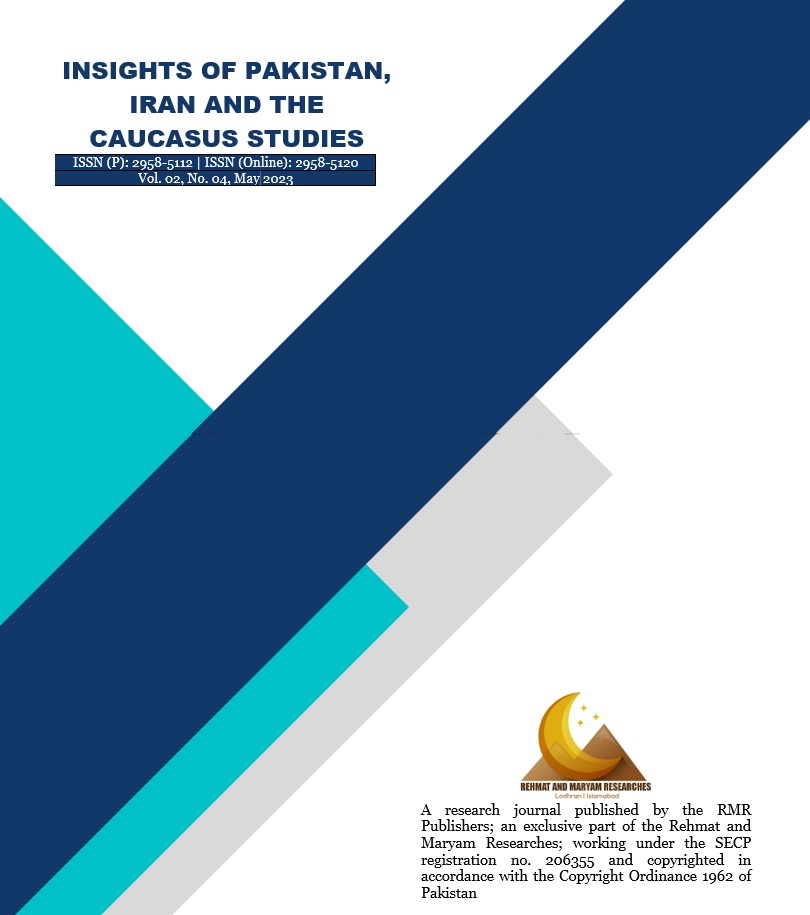Comparing the Lifestyle of Armenian Catholics and Church of the East Followers in Iran: A Cultural Analysis
Keywords:
Assyrian Community, Geoffrey Khan, Kevork Bardakjian, Neo-Aramaic Dialect, Cultural Analysis Approach, Interfaith DialogueAbstract
This research paper aims to compare the lifestyle of followers of the Armenian Catholic Church and the Church of the East in Iran. Both these Christian denominations have been present in Iran for centuries and have influenced the culture and traditions of the country in their unique ways. The study uses a cultural analysis approach to examine the differences in lifestyle and practices of these two communities.
The paper begins by providing a brief overview of the history and background of the Armenian Catholic Church and the Church of the East in Iran. It then proceeds to compare the lifestyle of their followers in terms of religious practices, social customs, family traditions, and other cultural aspects. The research draws on primary and secondary sources, including interviews with members of both communities, ethnographic observations, and archival materials.
The findings reveal that while both communities share some similarities in their religious practices and beliefs, there are significant differences in their lifestyle and cultural practices. For instance, Armenian Catholic Church followers tend to have a more Westernized lifestyle, while the Church of the East followers tends to adhere more closely to traditional Iranian customs. The study concludes by highlighting the importance of understanding the cultural differences and similarities between these two communities in Iran, and how this knowledge can contribute to interfaith dialogue and social harmony in the country.
References
Agadjanian, A. (2016). Armenian Christianity Today; Identity Politics and Popular Practice. London and New York: Routledge.
Asim, D. M. (2023, April 13). Understanding Iranian Culture through Cultural Analysis Approach. Retrieved from Pak-Iran Intellectuals Forum (islamabad Office): https://pakiranintellectualsforum.wordpress.com/2023/04/13/understanding-iranian-culture-through-cultural-analysis-approach/
Baumer, C. (2016). The Church of the East; An Illustrated History of Assyrian Christianity. New York: I.B. Tauris & Company Limited.
Farhad, A., & Asim, D. M. (2023, April 13). The Importance of Studying Religious and Cultural Diversity in Iran. Retrieved from Pak-Iran Intellectuals Forum: https://pakiranintellectualsforum.wordpress.com/2023/04/13/the-importance-of-studying-religious-and-cultural-diversity-in-iran/
Gorder, A. C. (2010). Christianity in Persia and the Status of Non-muslims in Iran. New York: Lexington Books.
Habib, M. (2023, April 13). Religious and Cultural Diversity: The Armenian Catholic and Church of the East Communities in Iran. Retrieved from Pak-Iran Intellectuals Forum (islamabad Office) and Islamabad Institute for Inter-Faith Harmony and Public Life: https://pakiranintellectualsforum.wordpress.com/2023/04/13/religious-and-cultural-diversity-the-armenian-catholic-and-church-of-the-east-communities-in-iran/
Rohrer, K. (2018). Islam & Interfaith Dialogue: Innovative Diplomacy Between the United States and Islamic Republic of Iran. Kutztown: Department of Anthropology & Sociology at the Kutztown University.
Downloads
Published
Issue
Section
Categories
License
Copyright (c) 2023 Insights of Pakistan, Iran and the Caucasus Studies

This work is licensed under a Creative Commons Attribution-NonCommercial-NoDerivatives 4.0 International License.

